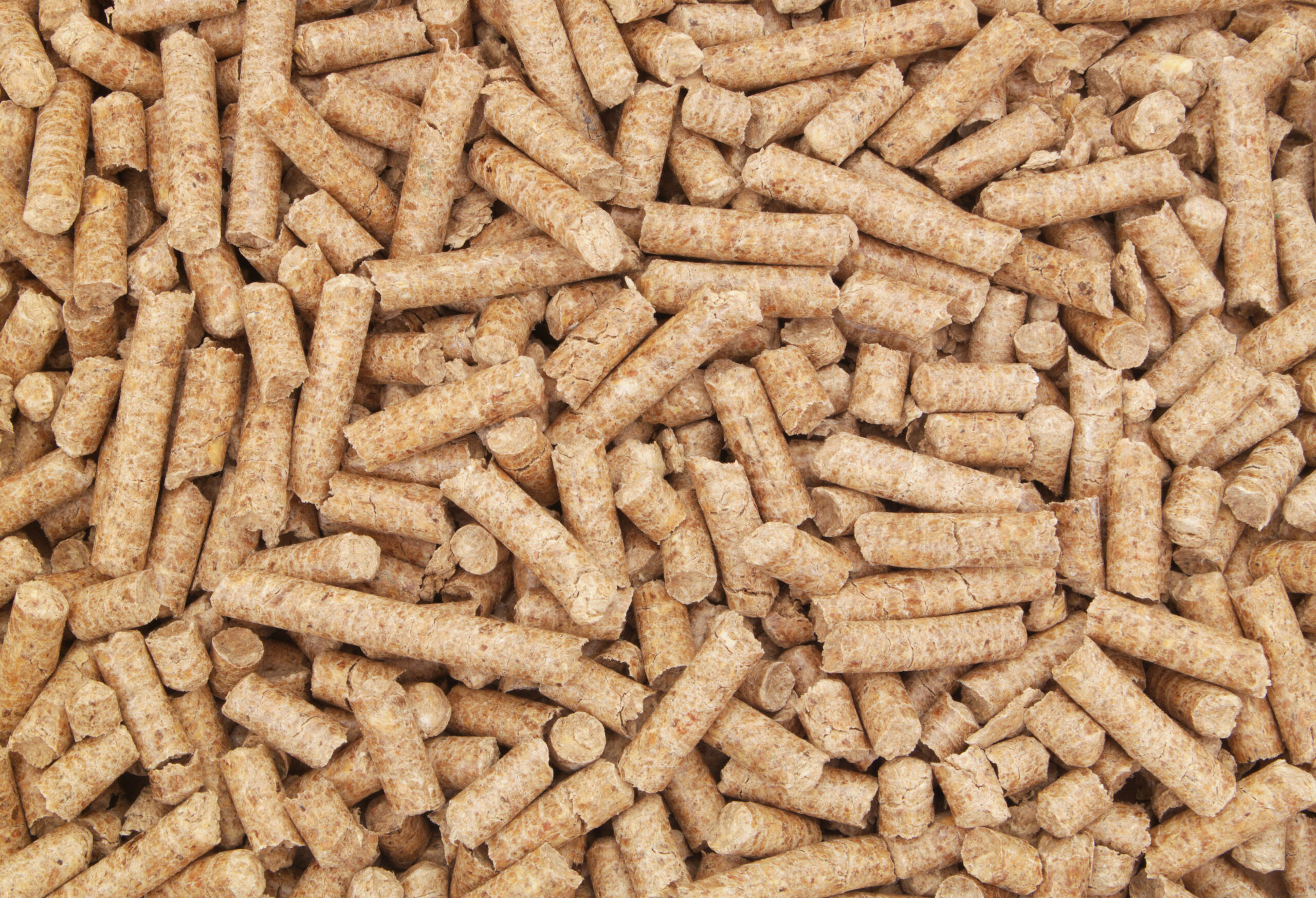
Posted on October 11th, 2023 by hpprocess
Heyl Patterson is thrilled to collaborate with the University of Minnesota-Duluth and has supplied the research team with an indirect-fired rotary calciner.
The equipment will be used to transform wood biomass into torrefied wood, or “bio-coal,” for modern steam-based electricity generation research. It will further help segregate viable fuel alternatives in the form of biomass generated from agricultural wastes, crop residues, and other forest resources.
We hope this will further meet the demands and challenges facing Minnesota’s residents, the forestry industry, and electric power generators that have since been realized.
Our calciner is a vital part of a “torrefaction island” formed by integrating the rotary dryer with a pelletizer and other components, focusing on the cost and thermal effectiveness of converting wood biomass into bio-coal.
This collaboration with UM-Duluth will lead to the efficient production of carbon-neutral electricity on a distributed basis.
Curious how our rotary calciner converts biomass into bio-coal? Let’s see how this process works.
How Biomass (Wood) Gets Transformed into Biocoal
Fossil fuels such as coal and petroleum undergo compression and heating over millions of years, making them easy to combust and store vast amounts of energy. The same cannot be expected from newly grown plants.
For biomass to become a viable alternative to fossil fuels as a renewable energy source, improving the techniques used to produce it is necessary.
Torrefaction is the process of roasting biofuels at low temperatures to produce solid, dry, brittle, blackened combustible char through mild pyrolysis roasting or high-temperature drying.
It is conducted at low temperatures of 200–300°C with limited oxygen. When subjected to torrefaction, biomass breaks down slightly. The moisture trapped in the biomass is then released into the environment in the form of water vapor, along with the superfluous volatiles. Biopolymers such as cellulose or lignin partly decompose into different types of volatiles.
As the end product of the process, the resulting char is a better fuel with desirable changes in the properties such as fuel combustion and gasification. This char material is called torrefied biomass or bio-coal. Its other properties include hydrophobicity, homogeneity, and high energy density.
Custom-Made Rotary Calciner to Fit Your Specific Process
Rotary Calciners from Heyl Patterson can process many materials sensitive to oxidation, combustion, or explosion.
When dealing with fine solid fuels, it is essential to maintain complete segregation of the heat source and the thermally sensitive product through indirect heating.
Our Rotary Calciners are ideal for the biomass conversion process. Moreover, our calciners are custom-built to produce advanced carbon products from the torrefaction, carbonization, and activation of biomass materials.
Before implementing the final design, you can rigorously test any of these Heyl Patterson Rotary Calciners at our Pilot Plant Testing Facility. Get in touch with us to know more about our rotary calciners.










